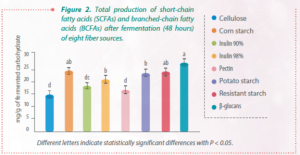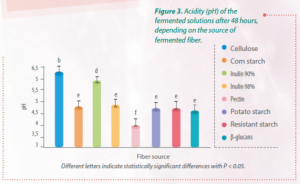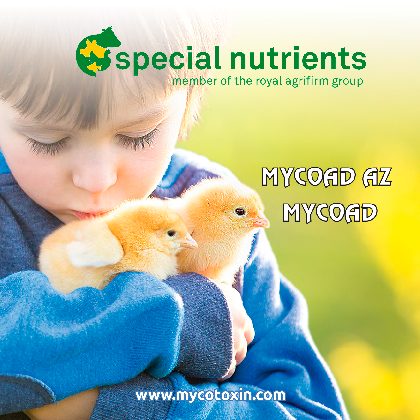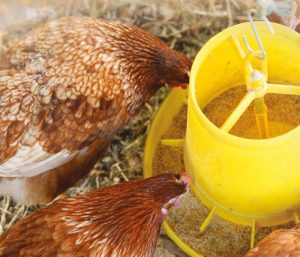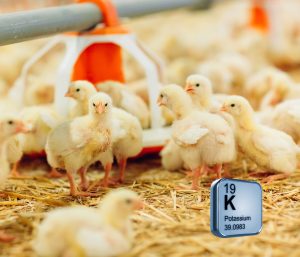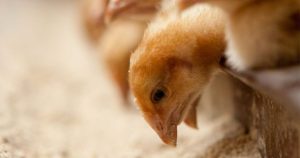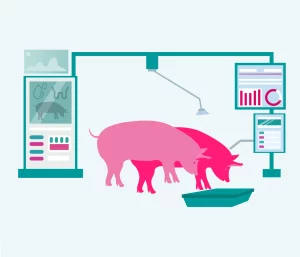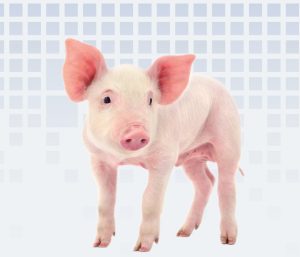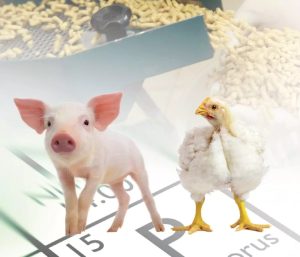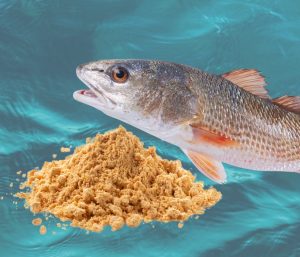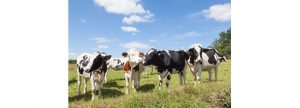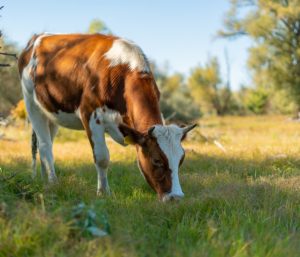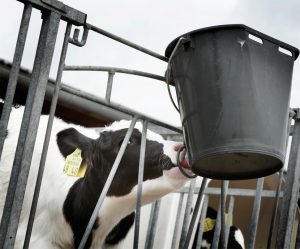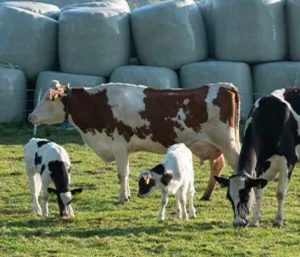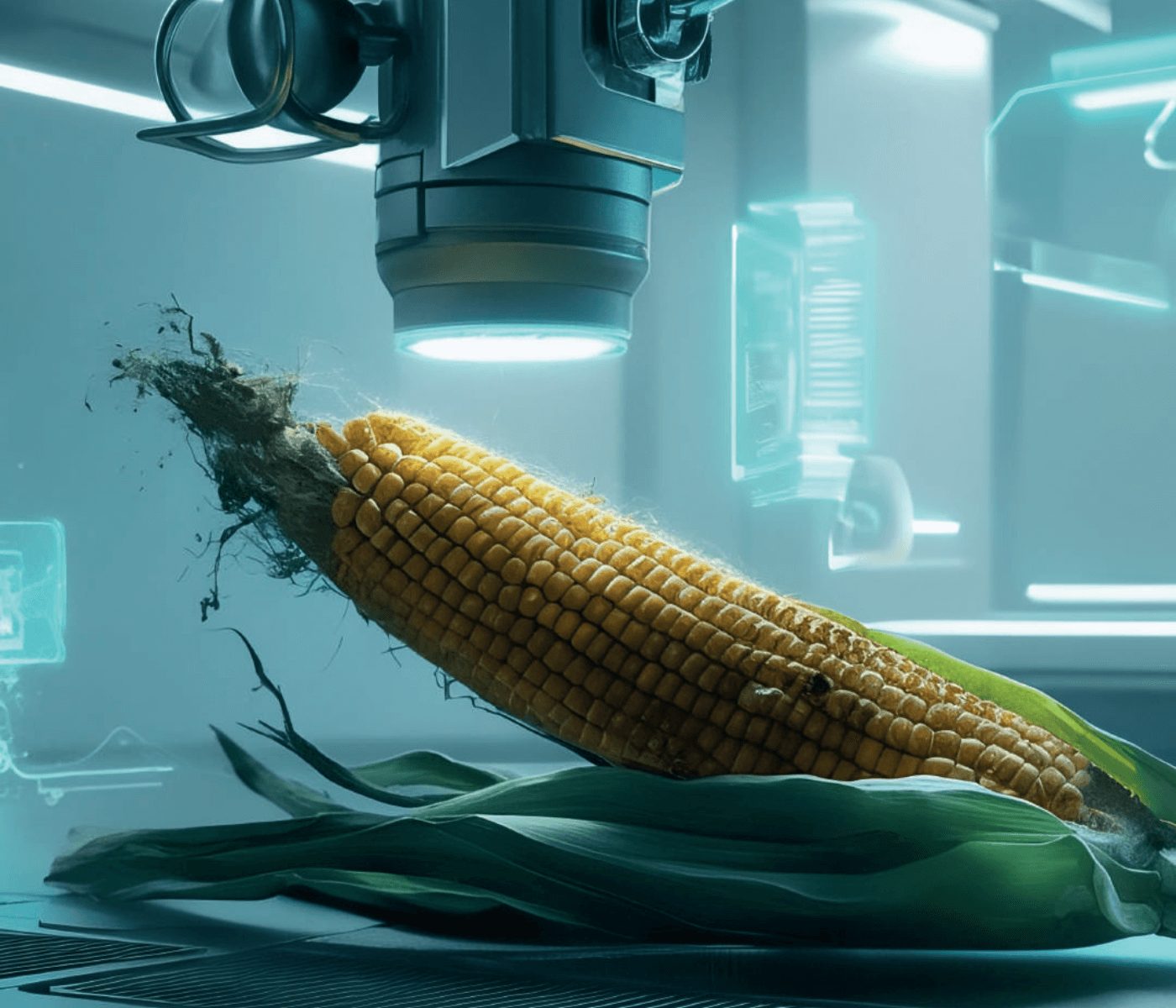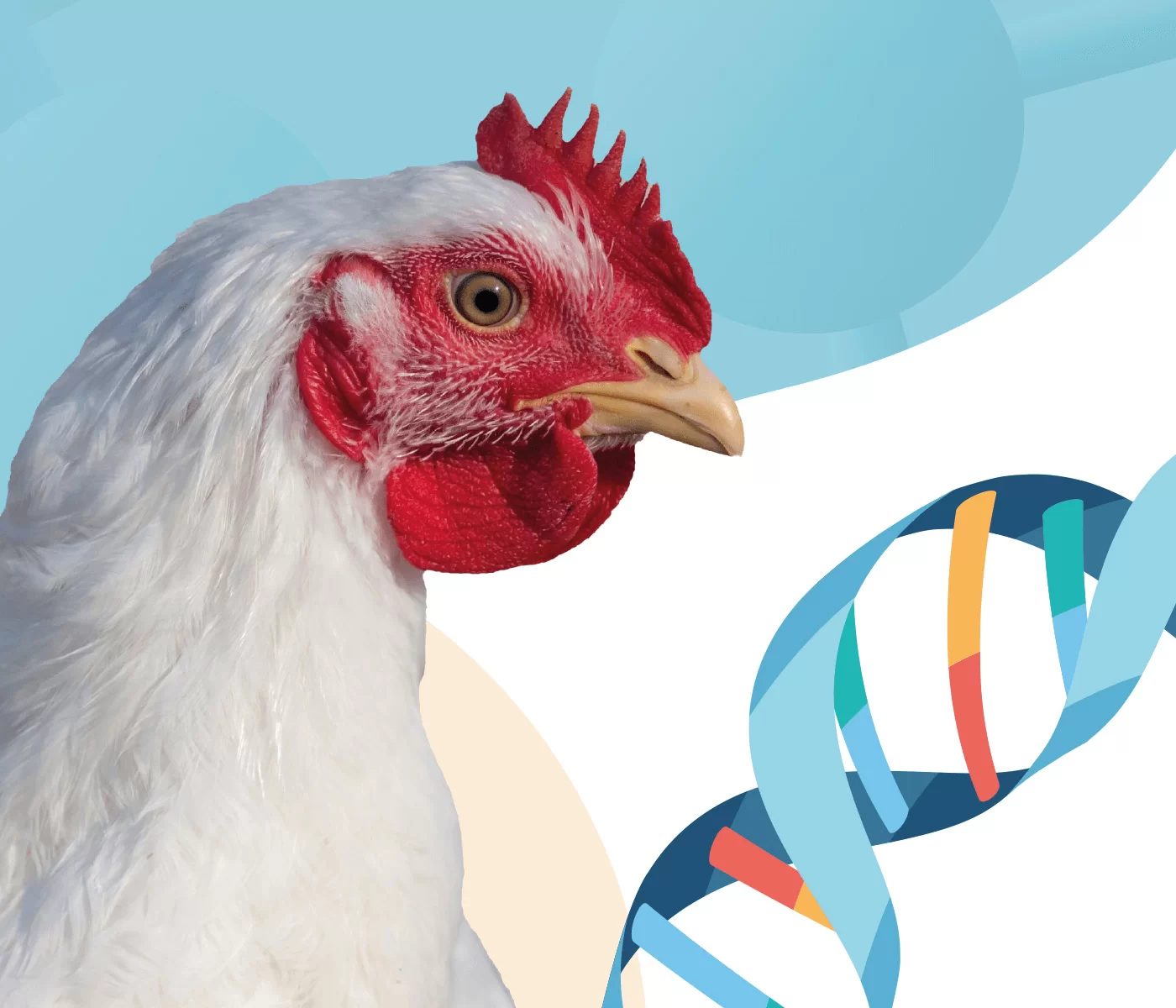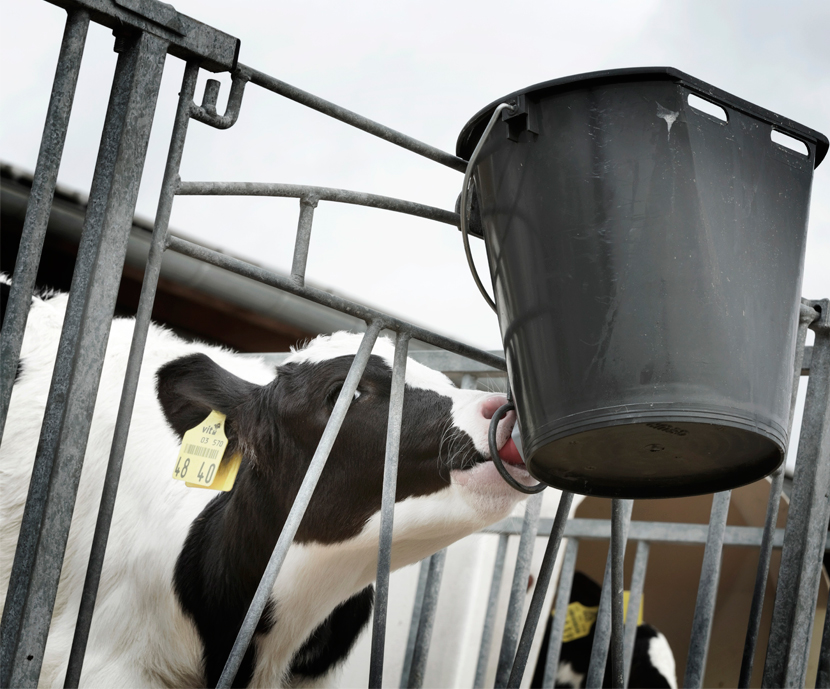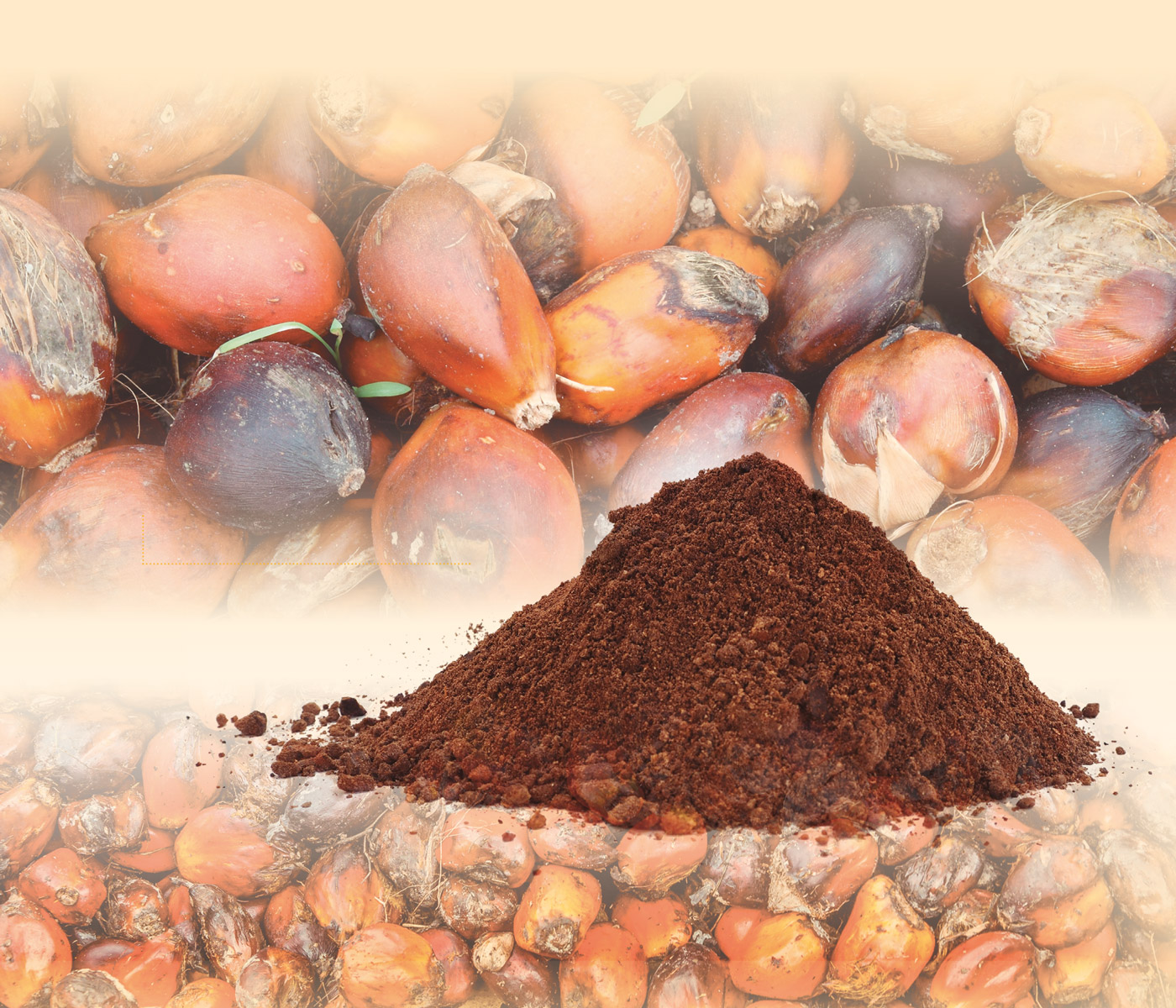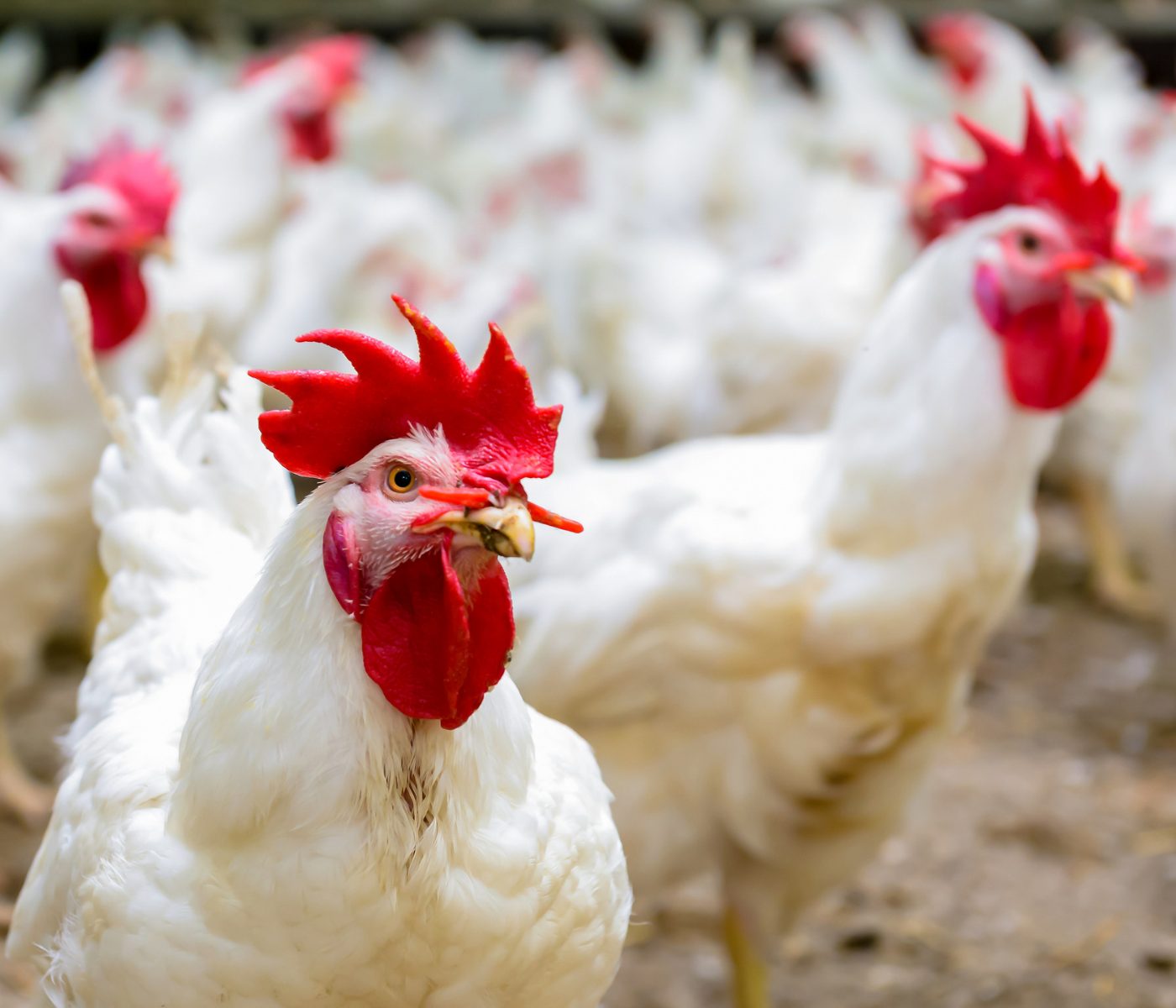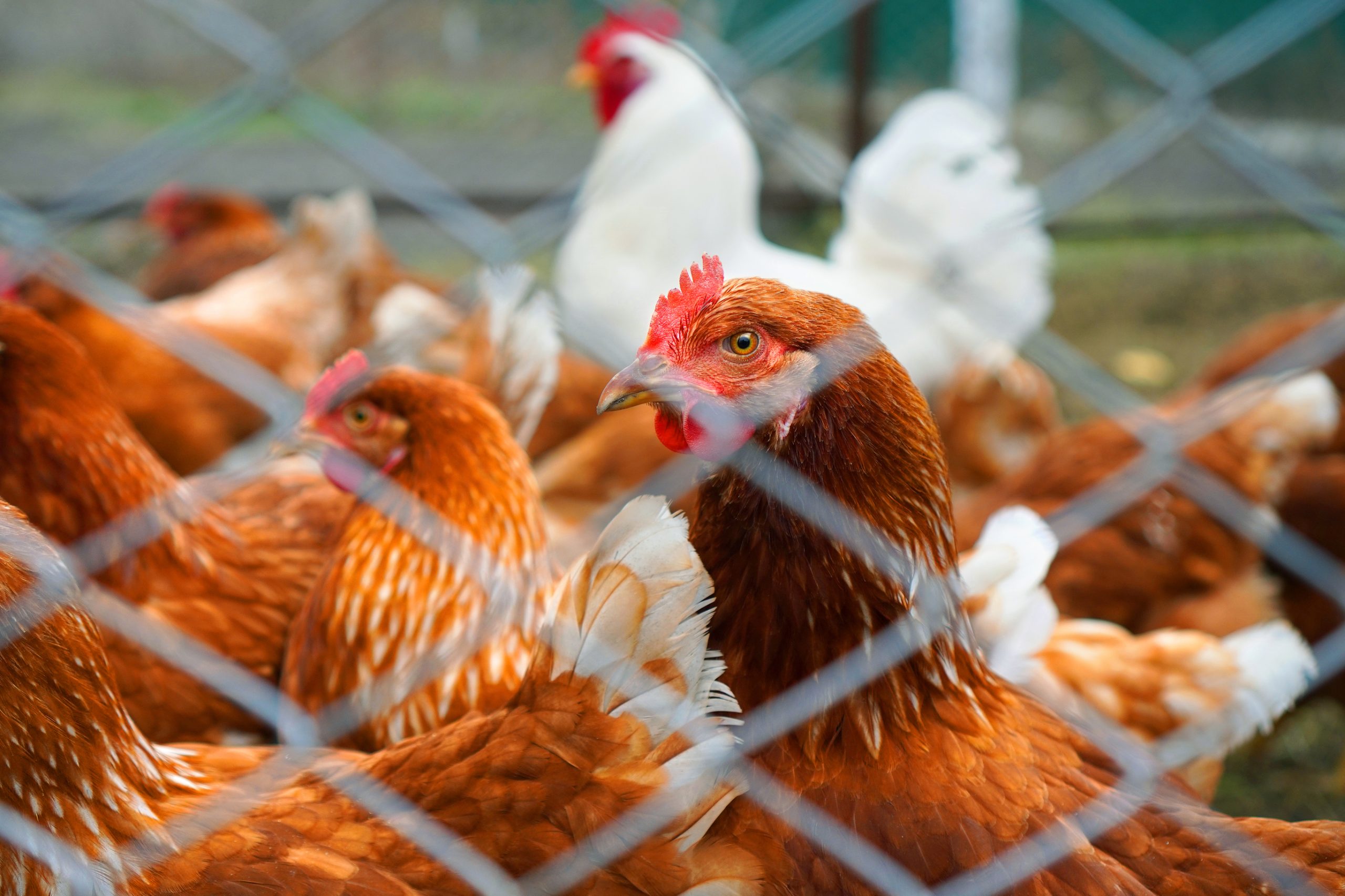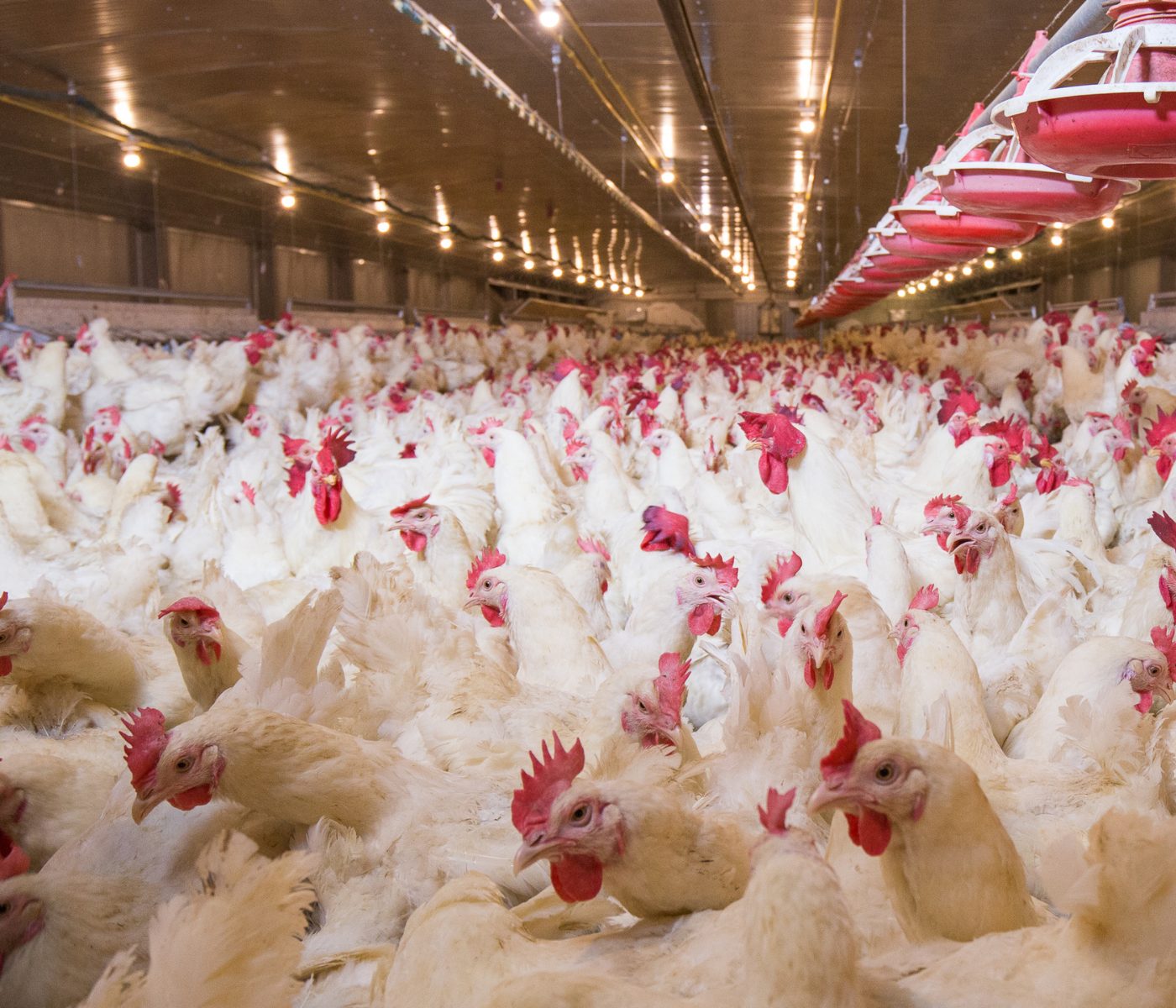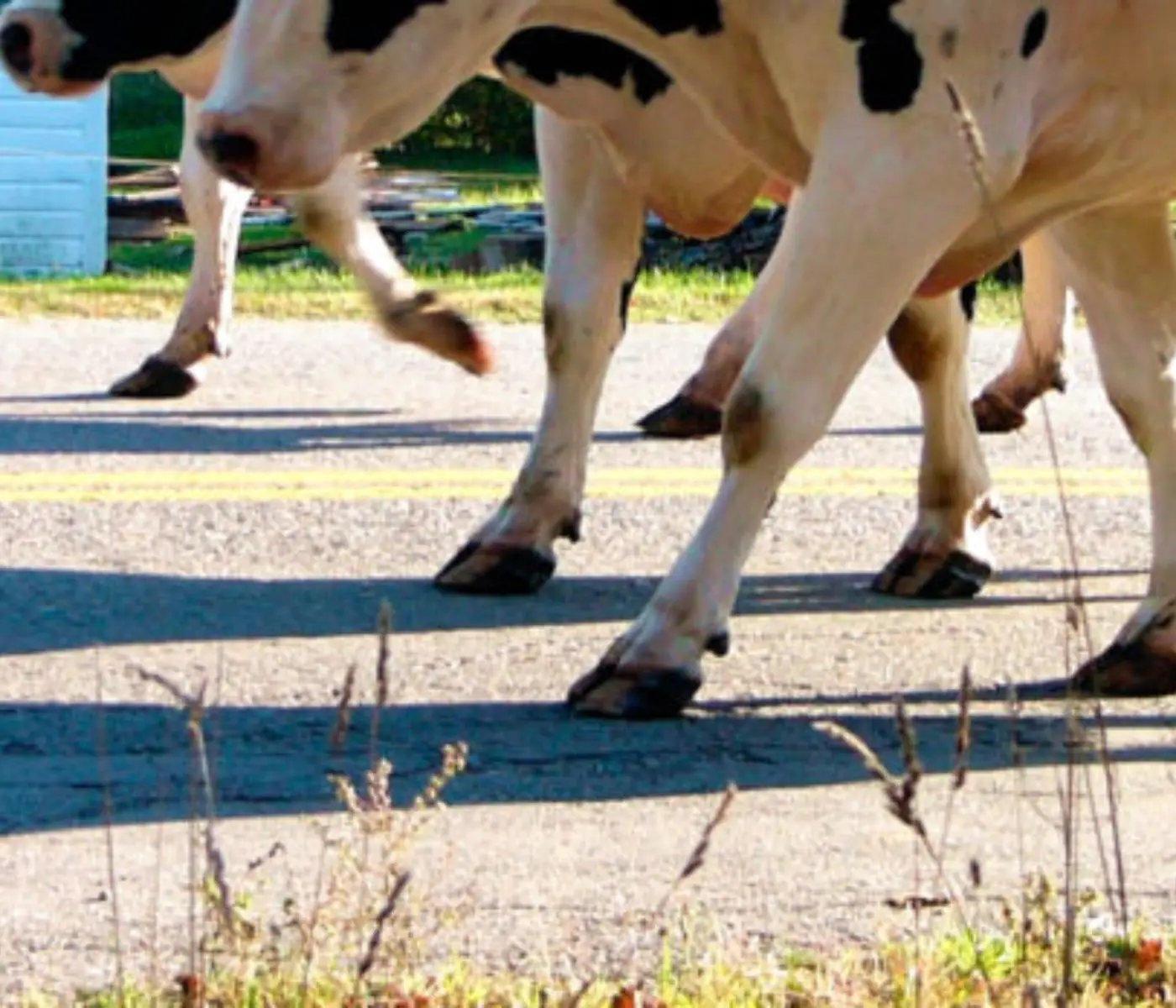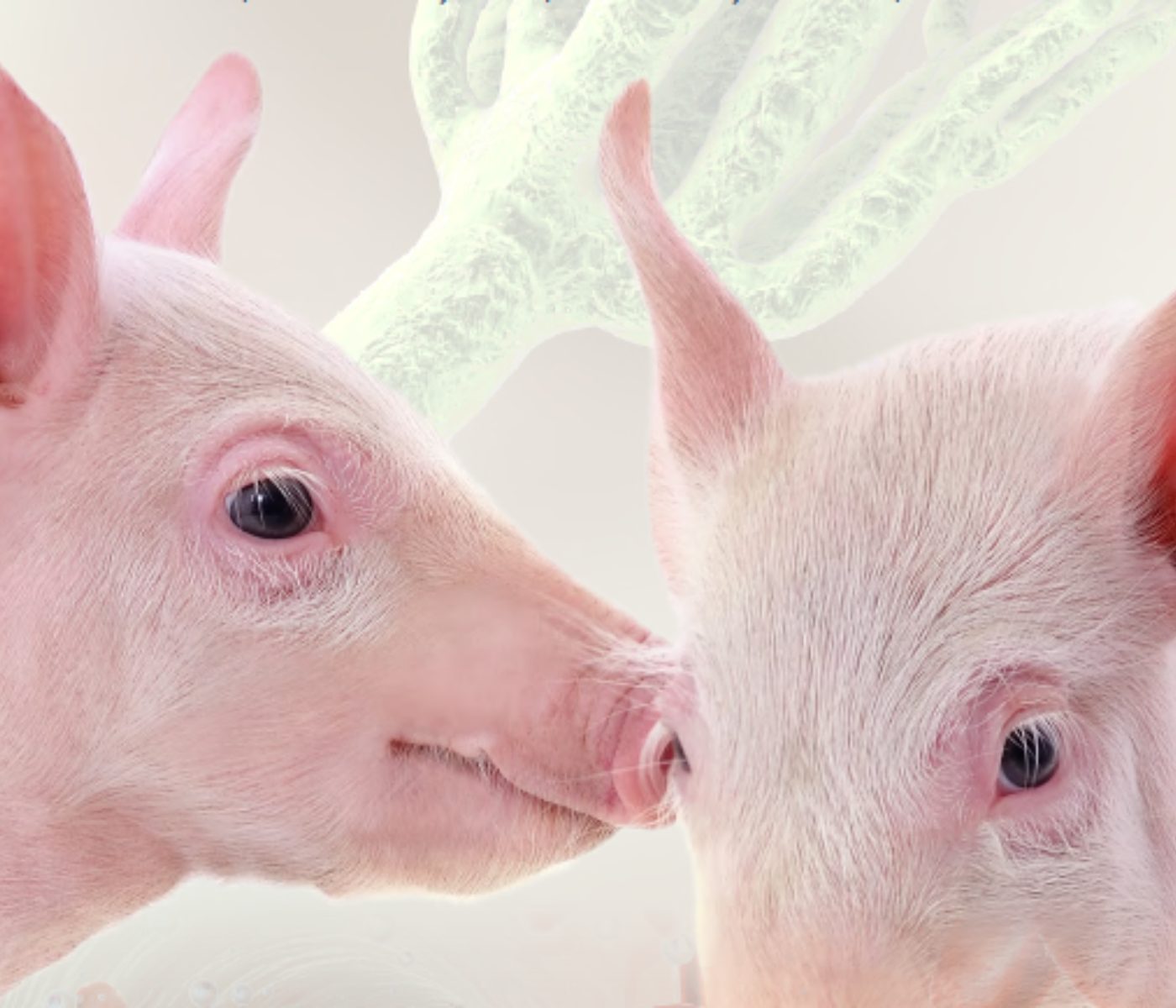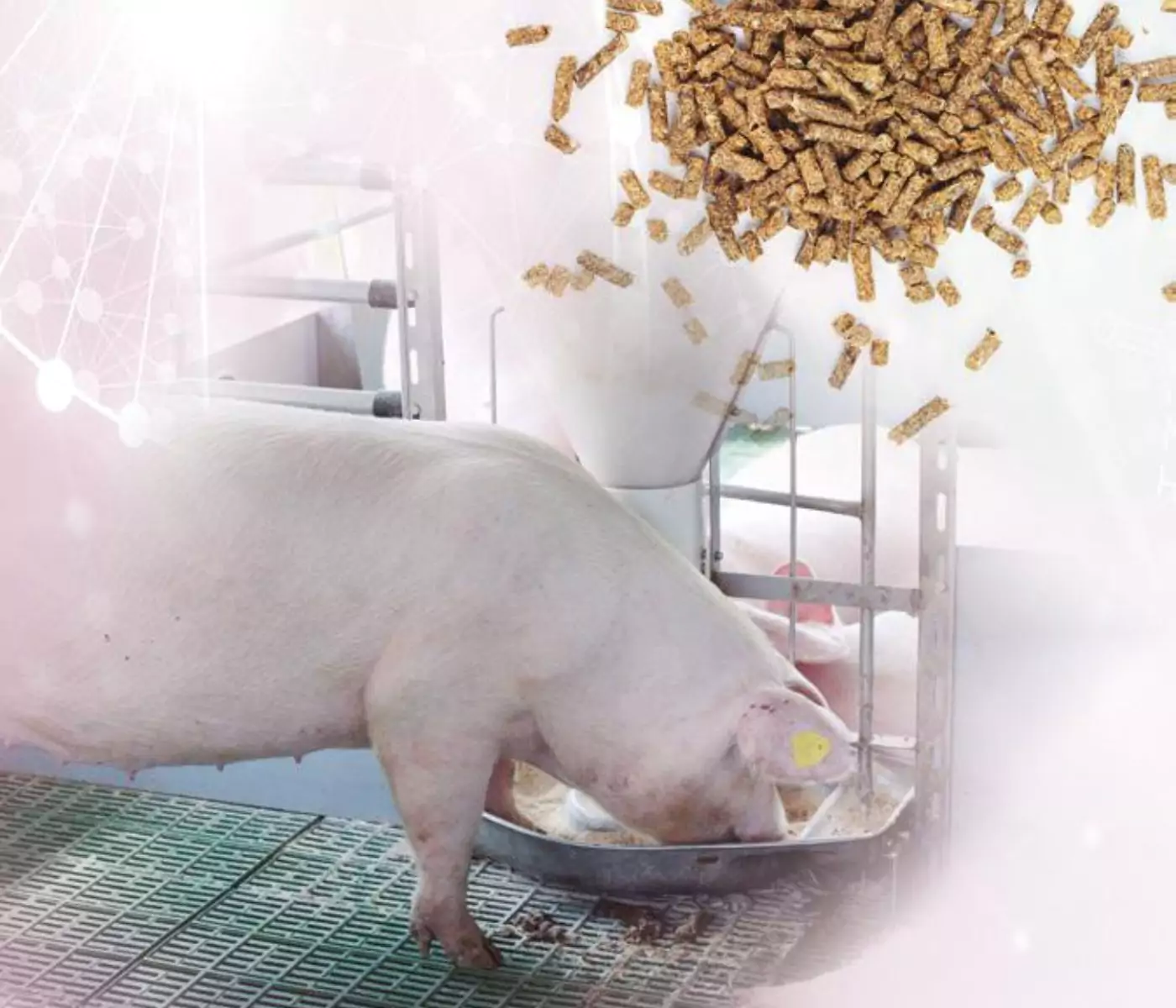 08 Aug 2024
08 Aug 2024
What fiber should be used in gestating sow diets?
| In the diet of gestating sows, fiber has emerged as a crucial ingredient, enhancing both animal welfare and productivity, as well as supporting intestinal health. When choosing fiber sources, it’s essential to consider their fermentation properties and how they affect intestinal health and microbiota. |
Fiber Types and Their Analysis
1. Fiber Categories:
- Neutral Detergent Fiber (NDF)
- Acid Detergent Fiber (ADF)
- Total Dietary Fiber (TDF)
Fiber can be soluble, insoluble, and, depending on the source, fermentable. Through fermentation, we can obtain short-chain fatty acids (SCFAs) such as acetate, propionate, and butyrate, which provide benefits for intestinal health by reducing protein fermentation and supplying approximately 30% of the energy for adult pigs.

Fiber in the diet for reproductive sows
In sows, fiber has become an important ingredient in gestation diets as a measure to promote animal welfare, as it reduces stereotypical behaviors during a phase when feeding is limited.
The inclusion of fiber in the diet can also be considered a nutritional strategy to help the pregnant sow cope with the metabolic changes she experiences due to the growth demands of the litter and the stress of the farrowing process.
Importance of the Transition Period
| Although this period is very short, as it includes only the last 10 days of gestation and the first 10 days of lactation, it is precisely during this phase that both nutritional programs and management practices of the production system are reflected. |
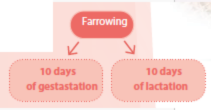 For this reason, a well-implemented nutritional strategy can have a significant impact:
For this reason, a well-implemented nutritional strategy can have a significant impact:
- Reduction of stillborns.
- Improvement of piglet vitality.
- Enhancement of the sow’s productive performance during lactation.
However, there is still much to discover about fiber, and we are still learning how to implement it in production systems. A fundamental aspect would be to understand the fermentation characteristics of each fiber source, as once we comprehend how it impacts intestinal health, microbiota, and productive performance, we can apply it strategically in the diets of sows.
In Vitro Characterization of Fiber Sources
 The Nutrition Laboratory at the University of North Carolina conducted an in vitro study to clarify the characteristics of different pure fiber sources.
The Nutrition Laboratory at the University of North Carolina conducted an in vitro study to clarify the characteristics of different pure fiber sources.
- Cellulose
- Corn starch
- Inulin 90%
- Inulin 98%
- Pectin
- Potato starch
- Resistant starch
- β-glucans
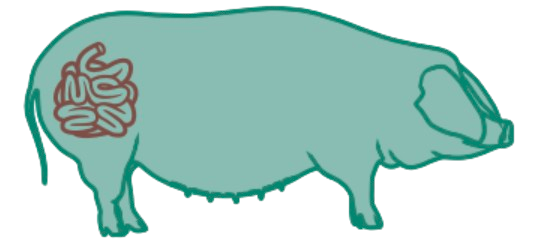
Cellulose and corn starch were used as control parameters, as cellulose is a poorly digestible fiber, while corn starch is highly digestible. The inoculum source was the content of the cecum from three sows fed a regular commercial diet.
The results showed that all fiber sources differed in their metabolite production. For example, in the individual production of short-chain fatty acids from each fiber source, β-glucans were associated with a higher concentration of propionate, while resistant starch increased the concentration of acetate (Figure 1).
In the total production of short-chain fatty acids (SCFAs) and branched-chain fatty acids (BCFAs), β-glucans were associated with a higher concentration of SCFAs, followed by resistant starch and corn starch (Figure 2).
In relation to pH and the production of branched-chain fatty acids, all fiber sources resulted in a lower percentage compared to cellulose and inulin (90%).
Pectin was the source that generated the lowest pH compared to the other fiber sources (Figure 3).
| It is important to note that, by nature, the pH of the large intestine is acidic, and one of the functions of fiber is to help maintain this environment. |
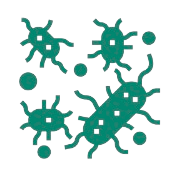 This promotes the growth of beneficial bacteria that break down undigested material in the small intestine and convert it into an energy source in the form of short-chain fatty acids (SCFAs), while creating an unsuitable environment for pathogenic bacteria to thrive.
This promotes the growth of beneficial bacteria that break down undigested material in the small intestine and convert it into an energy source in the form of short-chain fatty acids (SCFAs), while creating an unsuitable environment for pathogenic bacteria to thrive.
In conclusion, we can state that not all fibers behave the same way.
There are many factors to consider when thinking about the “ideal fiber profile,” such as microbiota, intestinal environment, age of the animal, and health status.
All of these factors can influence the role of fiber in the diets of gestating sows.
|

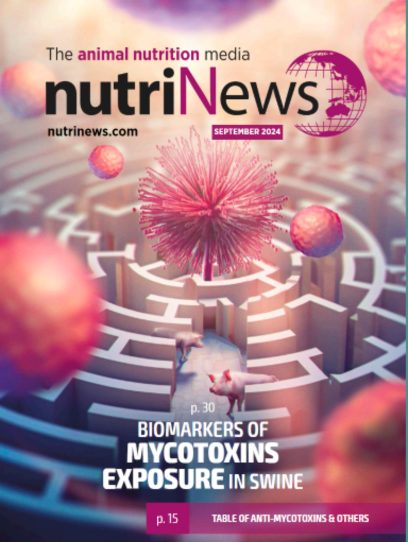



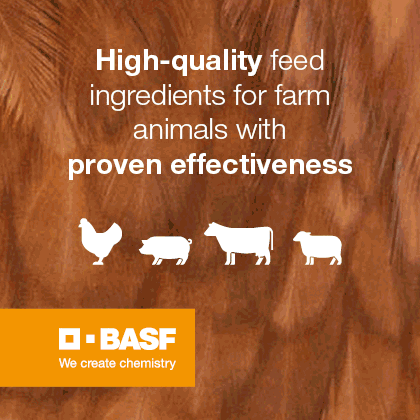
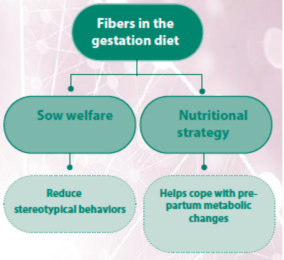


 For this reason, a well-implemented nutritional strategy can have a significant impact:
For this reason, a well-implemented nutritional strategy can have a significant impact:
